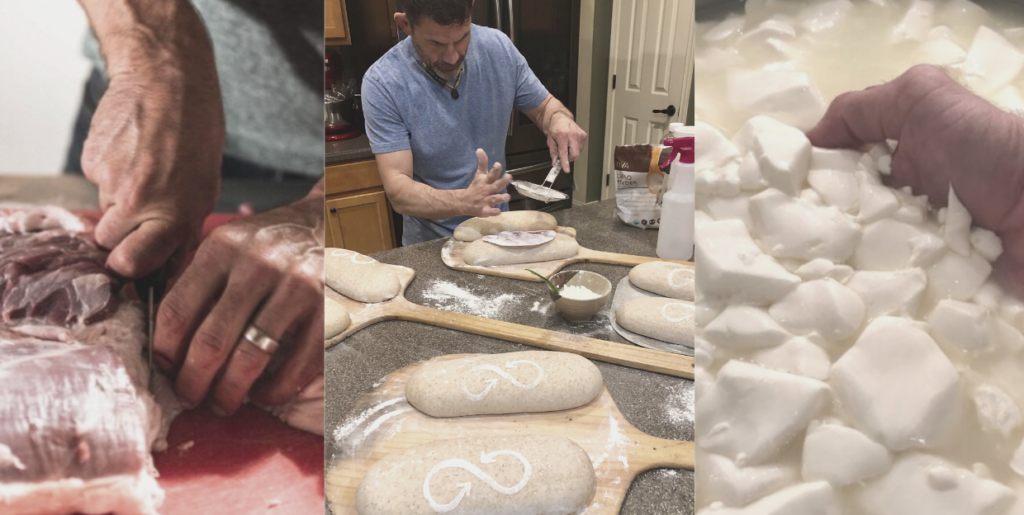
I have been talking for years about learning to eat like a human. I want to take this opportunity to tell you more about it.
Let me be clear – this is not a diet.
At least not in a traditional sense. Instead, this is an all encompassing approach to connecting with your food and, through that connection, reconnecting with everything it means to be human.
It lays the groundwork to empower you to feed yourself and your families the most nourishing diets possible. When you Eat Like a Human, you focus on HOW you eat, not just what you eat.
That’s right! Whether you maintain a ketogenic lifestyle, eat a carnivore diet, intermittently fast or even follow a plant based diet, the Eat Like a Human approach will help you do what you are already doing…but better!
The Eat Like a Human approach relies upon 5 steps:
- Unearth
- Context
- Assess
- Fulfill
- Empower
SPENDING 8 MONTHS LIVING 2.5 MILLION YEARS OF HISTORY
UNEARTH
It all starts with the archaeological record. The foundation of our comprehensive approach is our 3.5 million-year-old dietary past. This insight comes from a combination of my academic and professional training as a prehistoric and experimental archaeologist. This training includes a PhD in Anthropology, 20+ years as a college professor, and my unique experience living 2.5 million years of history as the co-star on National Geographic’s The Great Human Race.
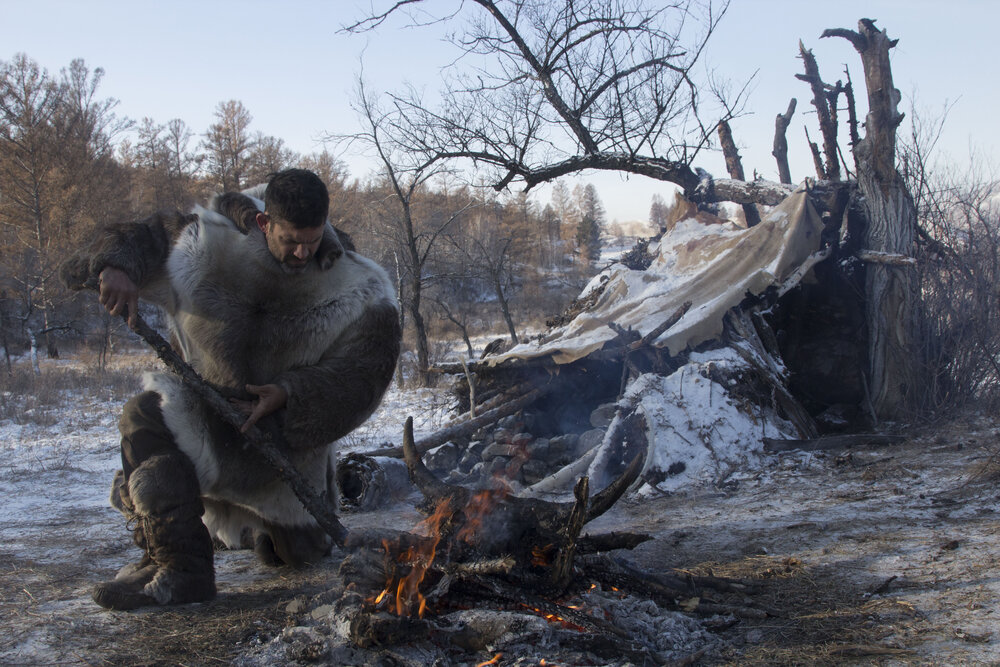
UNDERSTANDING THE POWER OF TRADITIONAL FOODWAYS
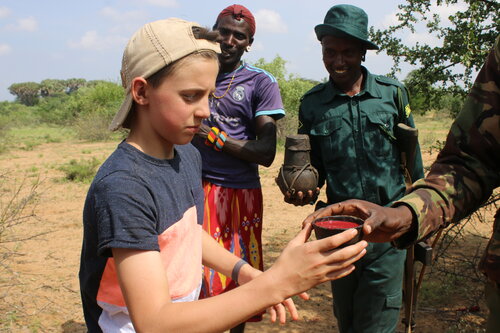
CONTEXTUALIZE
The anthropological record and our ethnographic fieldwork capture how people today are still carrying on traditional foodways. This ethnographic work often includes my entire family living with and learning from indigenous and traditional groups. From:
- letting blood from the necks of cows in a remote areas of Kenya to
- harvesting Weaver Ant egg in Thailand to
- nixtamalizing maize in the mountains of Oaxaca, and
- detoxifying poisonous heirloom varieties of potatoes in Bolivia,
this work has allowed us to better understand, first hand, the wide range of possibilities still in use today that people are using to nourish themselves.
The purpose is the same for all of these technologies – to transform the resources in any environment into the safest, most nutrient dense and bioavailable possible.
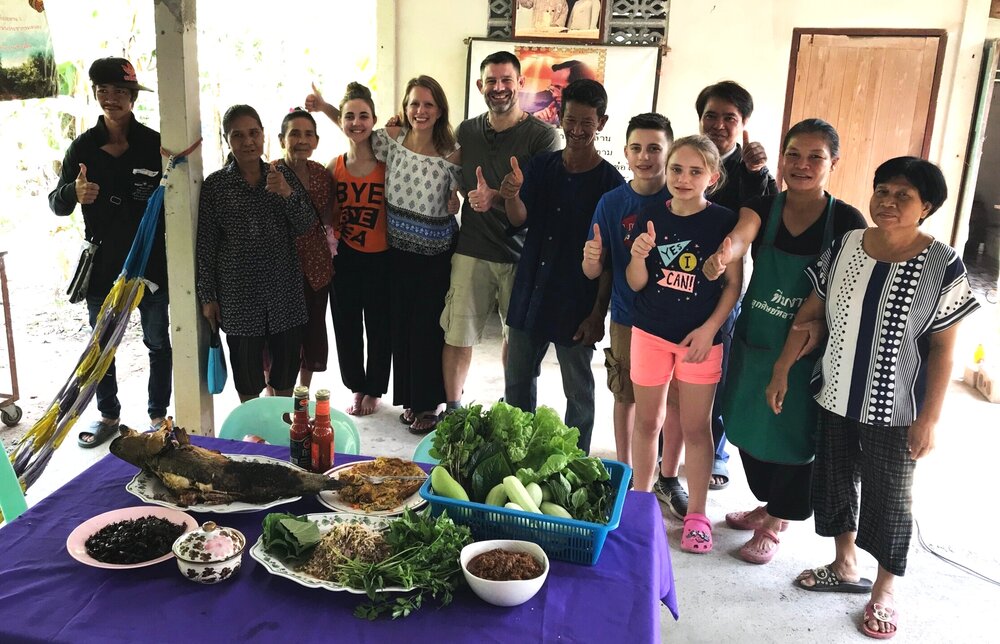
CONTEXTUALIZING THE MODERN FOODSCAPE
ASSESS
Armed with the knowledge of our deep dietary past and our rich and diverse dietary present, we take an objective look at our modern foodscape to see how different it is from anything resembling how we should be eating as humans. It is only within this context that we can begin to understand how unhealthy our relationship with food really is and take the necessary steps towards a safe and nourishing diet.


MAKING IT THE FOOD MAKE SENSE
FULFILL
Then we identify what else is important for how we eat beyond just nourishment. The manner in which we eat is uniquely human and our dietary choices consciously and unconsciously take into account more than flavor and nutrition. Healthy approaches to food also need to fit within your stance on ethics and sustainability and need to be accessible in terms of your resources and time. These factors are often not a part of most diet plans yet are crucial to their success.
Having three teenagers in our house, we truly understand how important this step is!
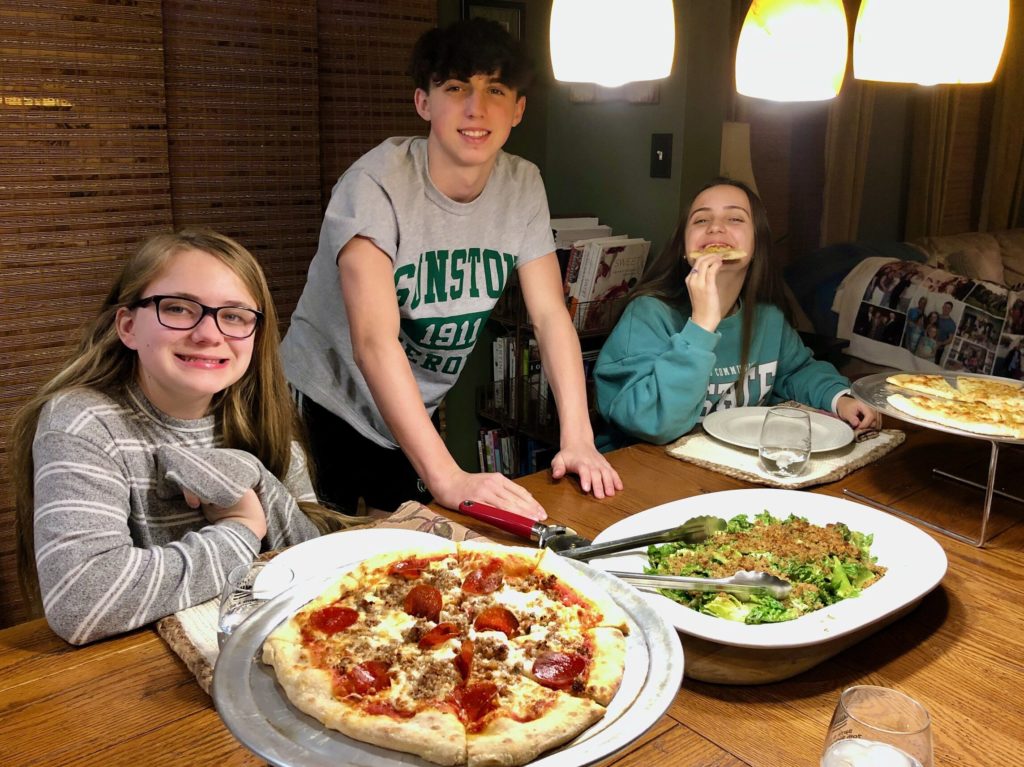
TYING IT ALL TOGETHER
EMPOWER
We take into account your specific needs and then teach you how to transform the food you eat into the safest, most nutrient dense, and bioavailable form possible in your own kitchen. We empower you to feed yourself and your families the most nourishing diets possible in ways that are relevant, meaningful and accessible to your modern lives!
We can do this through online classes, coaching calls or hands-on workshops like this family butchering class!

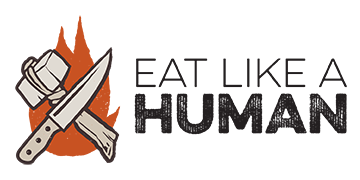
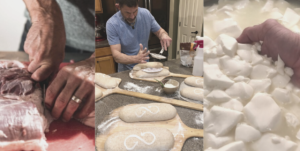
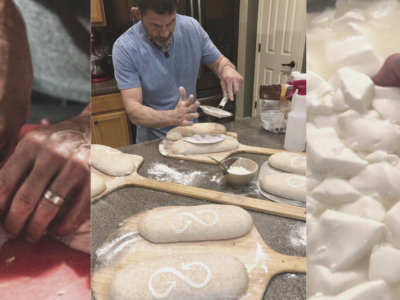
 Are Humans Designed to Drink Milk
Are Humans Designed to Drink Milk
Bill,
Love the work you do. But, please, please bring up policy. The rules and incentives make it so that most farmers will not change what they grow or how they grow it. And most eaters are not going to make better choices. A few companies profit from the status quo…
You likely know all this.
But please consider sharing some insight. I want great food to become de facto.
Question about gluten intolerance…. I do not have celiac, however, I do have a severe gluten intolerance. Your book is arriving to my doorstep on Friday.
My question is, if I begin eating like a human, will I eventually be able to eat when if prepared properly? TIA
We have lots of people that are gluten sensitive and do fine on our bread and sourdough products – in fact it’s the only thing they can eat grain-wise!
What are your thoughts on using freeze dried organ supplements in lieu of raw or cooked organs? And do you mostly cook your organ meats or do you eat some of them raw? Lastly, how much organ meat do you eat weekly?
Nothing replaces the value of fresh raw or cooked organs in nutrition and in the visceral connection to food it provides. However, freeze dried organ supplements are a great alternative to people who are not in a place yet to consume fresh raw or cooked organs. I consume a combination of cooked and raw organs. I love chicken liver pate (cooked) for example and find it makes an excellent meal on its own! I also eat small cubes of frozen beef liver raw (about an ounce at a time). To be honest, I also incorporate liver, heart and kidney into the hot dogs and hamburgers we make and find this is an excellent way to not only eat organs but to do so in a ratio that mimics what an animal possesses which is what I believe makes the most sense from a nutritional, ethical and sustainable perspective.